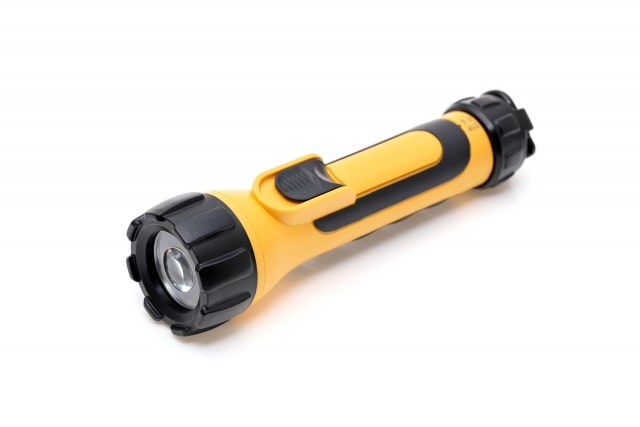Emergency Supplies to Prepare for Disasters
2022-03-10
Announcements & Events
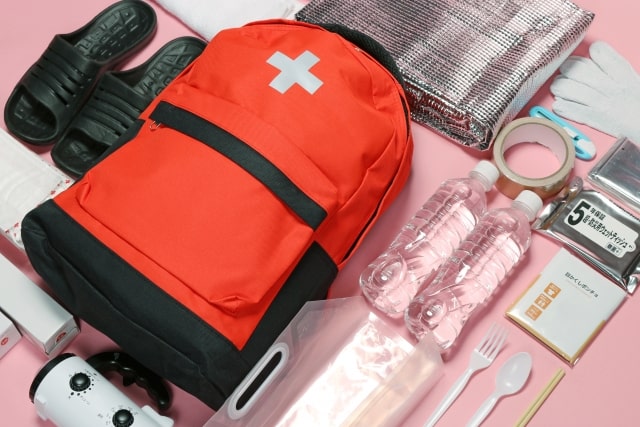
Since Japan is a disaster-prone country, it is a good idea to prepare emergency supplies in case a disaster strikes. Emergency supplies not only help you evacuate from disaster-hit areas to safe places, they also help you survive and live more comfortably in an evacuation shelter.
In this article, we list down some items and supplies that you should prepare in advance to help you deal with any unexpected disaster or emergency.
Why do you need to prepare emergency supplies and when would you need them?
Japan is known all over the world as an earthquake-prone country. But besides earthquakes, Japan also frequently experiences other natural disasters such as typhoons and heavy rains that cause landslides or flooding. These natural disasters can sometimes lead to secondary disasters like power outages or water and gas supply disruptions. This is why it is important to prepare emergency supplies in order to be ready anytime for any emergency situation.
When a disaster strikes, you may have to temporarily evacuate to an evacuation shelter or other place like your roof or your car. Having to live in such an environment for some time can be quite stressful and difficult. By having emergency supplies ready, you can stay calm and endure such situations more comfortably.
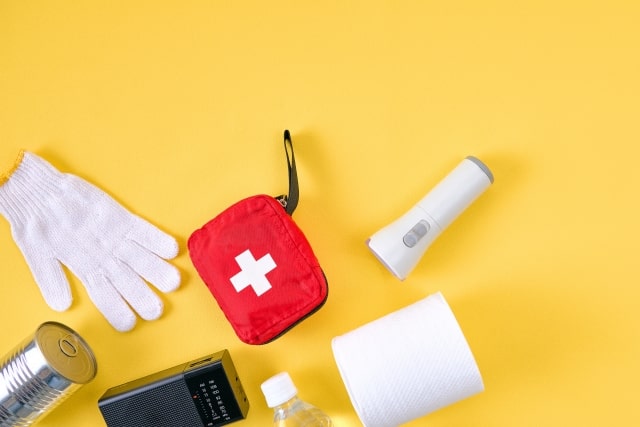
List of emergency supplies you should prepare
Here we list down and explain some common emergency supplies and items you should prepare. These items can be classified into the following seven categories.
- Protective and sanitary items
- Items for information gathering
- Items for illumination
- Items for collecting water
- Versatile plastic bags
- Life-saving tools and items
- Emergency rations and food
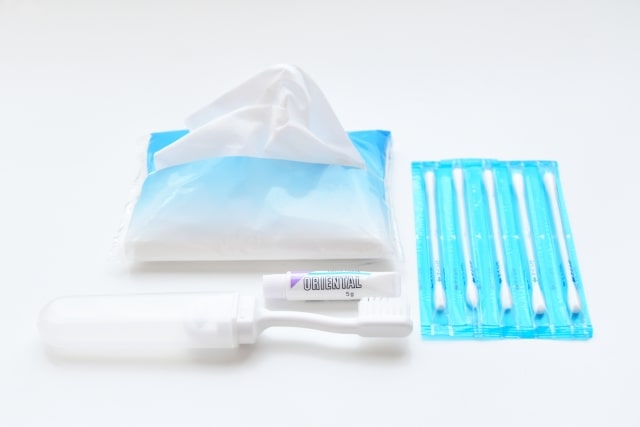
Protective and Sanitary Items
Some protective and sanitary items you should prepare include the following:
- Whistle (useful if you want to call for help or attract attention)
- Work gloves
- Portable toilet kit
- Toilet paper
- Aluminum thermal sheet
- Moisturizing cream, lip balm
- Disinfectant wipes, hand gel, sanitizer spray
- Toothbrush
- Medicine, first aid kit
- Mask
- Towels, handkerchiefs
- Tissue paper
- Rain gear
- Socks, underwear, and other clothing
- “Kairo” heat packs
- Cold weather gear
When choosing clothing for your emergency kit, it is a good idea to check and replace them regularly depending on the current season (e.g. light clothing for summer, thick and warm clothing for autumn to spring).
Water for drinking, cooking, washing, etc. is very important during a disaster. There are some commercial face masks that provide cleansing and skin care, which can be useful if there is no water available to wash your face.
 Items for Information Gathering
Items for Information Gathering
Useful items for information gathering during disasters include the following:
- Portable radio
- Cell phone charger/battery pack
- Notepad, pencil, ballpen, etc.
- Batteries
- Map
Some portable radios have a flashlight and cell phone charging function. There are also radios that can operate without batteries.
Items for Illumination
A flashlight is an indispensable item for your emergency kit, especially when a power outage occurs. While smartphones often have a flashlight function, you cannot charge them during a power outage, so it is better to have a regular flashlight.
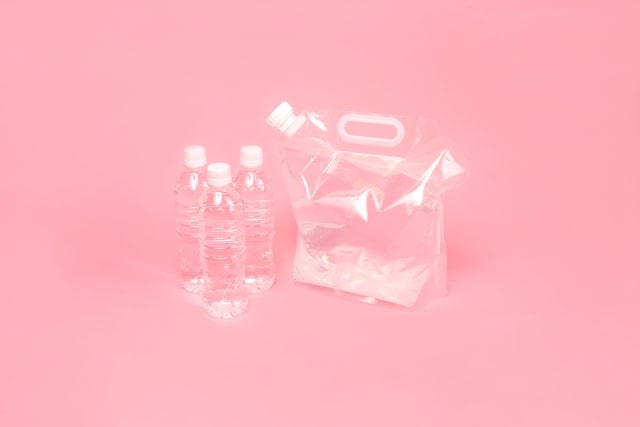
Items for Collecting Water
During a disaster, a disruption in the public water supply may occur. In this situation, water trucks may come to supply water to the affected area, and it is good to have water tanks or water supply bags ready to collect the water. When buying plastic water supply bags, you should choose one that is transparent so you can easily see the water inside and check for any contamination.
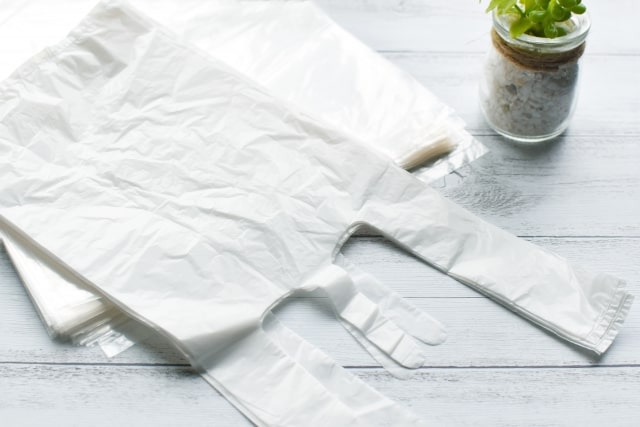
Versatile Plastic Bags
Plastic bags are useful in many situations, so it is a good idea to prepare several plastic bags in different sizes. Translucent bags are recommended since they can provide some level of privacy.
There are also commercially available plastic bags that can be used to cook or heat up food. Choose ones that are made from high-density polyethylene and can easily be tied close.
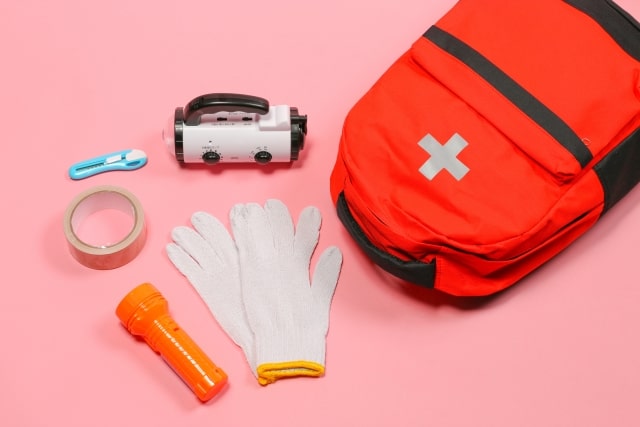
Life-Saving Tools and Items
The following are some tools and items that can help you survive while living in an evacuation center.
- Multi-tool (includes scissors, knife, screw driver, bottle opener, tweezers, etc.)
- Lighter
- Plastic cling wrap
- Plastic food containers (Tupperware) and plastic utensils
- Plastic cups
- Resealable plastic bags
- Dishcloth or hand towel
Water supply is often limited in evacuation centers, so you can minimize the need for washing dishes by covering paper or plastic plates in cling wrap and reusing them every meal. Cling wrap can also be a useful item in many other situations, such as providing first aid.
When preparing emergency rations and pre-packaged food, a pair of scissors is often more useful than a knife. If you are buying a multi-tool, make sure that includes scissors.
In some cases, you may have to stay overnight in your car. It is a good idea to have a car window hammer ready in case of emergency situations where you have to break the car windows to escape.
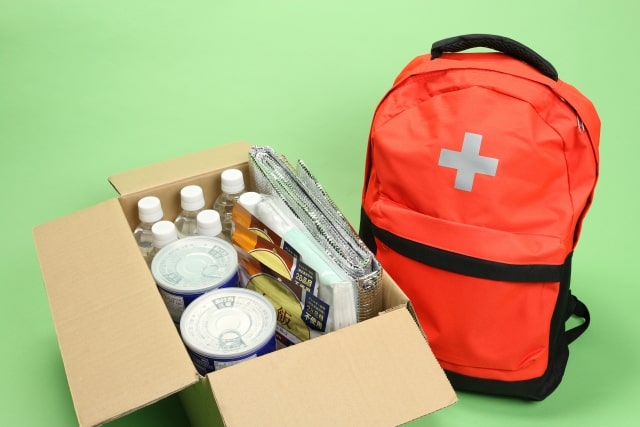
Emergency Rations and Food
Having to live for some time in an evacuation center can be quite stressful, especially with regards to food. While you often cannot be choosy, you can prepare emergency rations that go well with your taste buds, and choose various kinds and flavors so you don’t get fed up too easily.
One famous emergency food in Japan is called “Alpha rice”, which you can cook just by adding hot or cold water. It is available in many flavors, so you should find a flavor that you like and keep it in your emergency kit. If you plan to put rice in your kit, you should choose pre-washed rice so you can conserve water.
Canned food and retort pouch foods can be eaten without cooking, so you should also stock up on these. Canned tuna is especially versatile, and it can be easily made into tuna mayonnaise onigiri or tuna fried rice that even children will like to eat. Empty tuna cans can be used as candle holders if you need to use candles during power outages.
You can get dietary fiber from dried fruits, and vitamins from supplements. Dried fruits have relatively long shelf lives, and can be eaten every day without tiring of it.
Many Japanese retort food manufacturers offer a wide variety of products, including dishes from other countries. This may be a good choice to include in your emergency kit if you want to enjoy your own country’s flavors during a stressful evacuation period.
Summary
In this article, we listed down some supplies and items that you should prepare in an emergency kit. It is important to always have an emergency kit ready to help you survive unexpected disasters or emergency situations. We hope you take this opportunity to prepare an emergency kit if you haven’t already done so.

